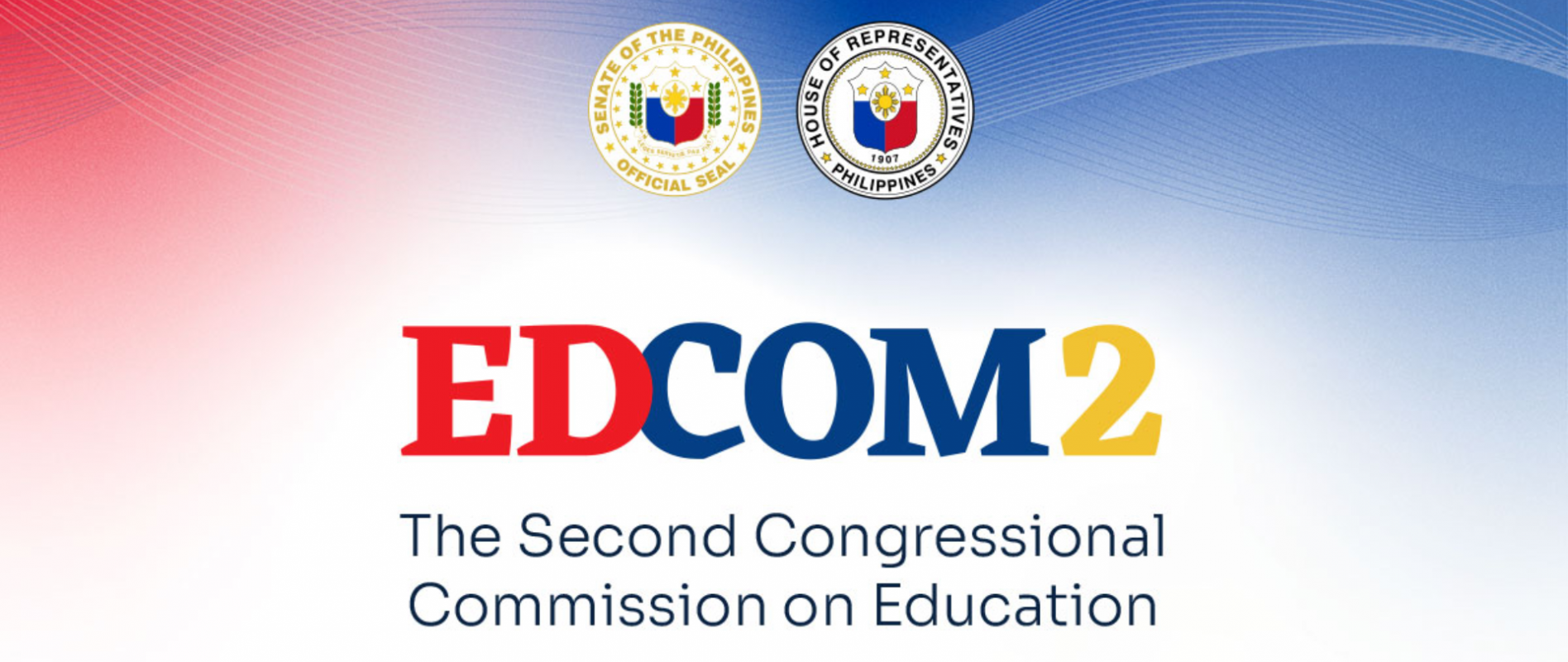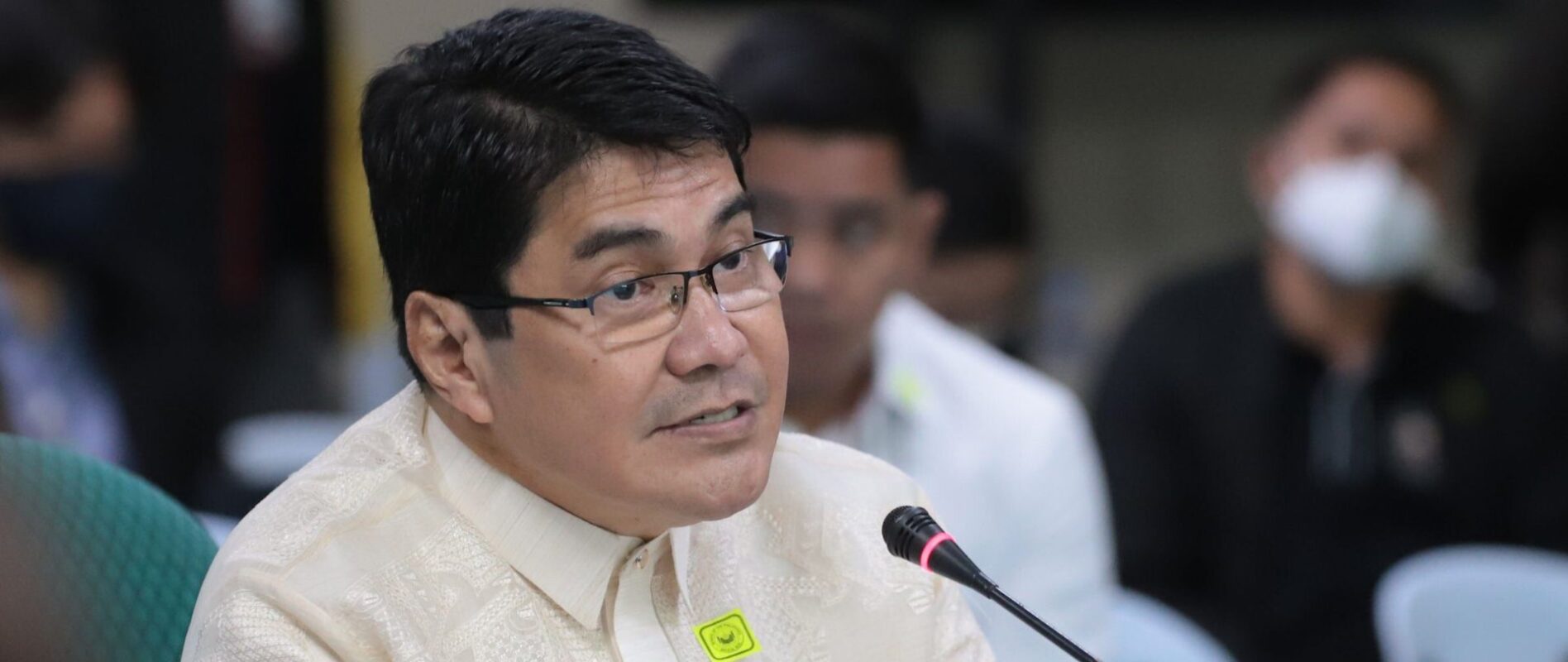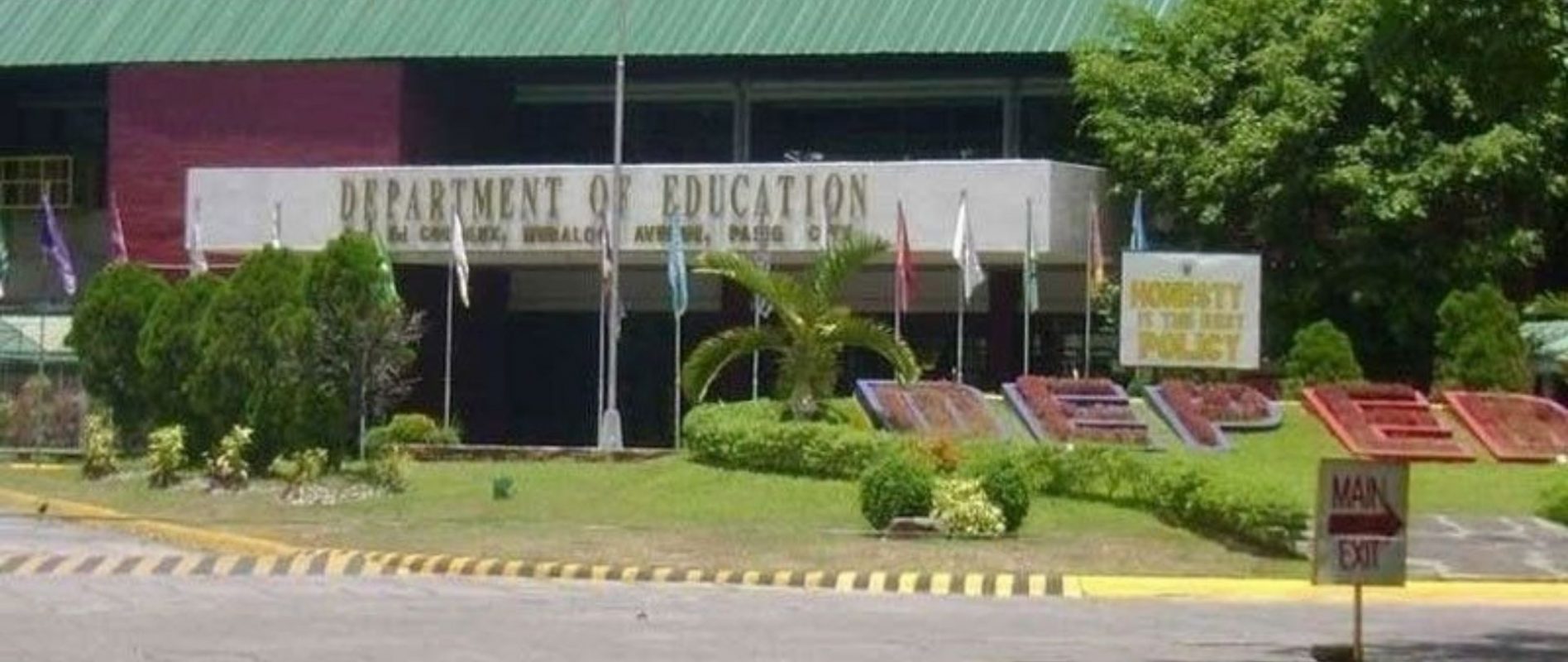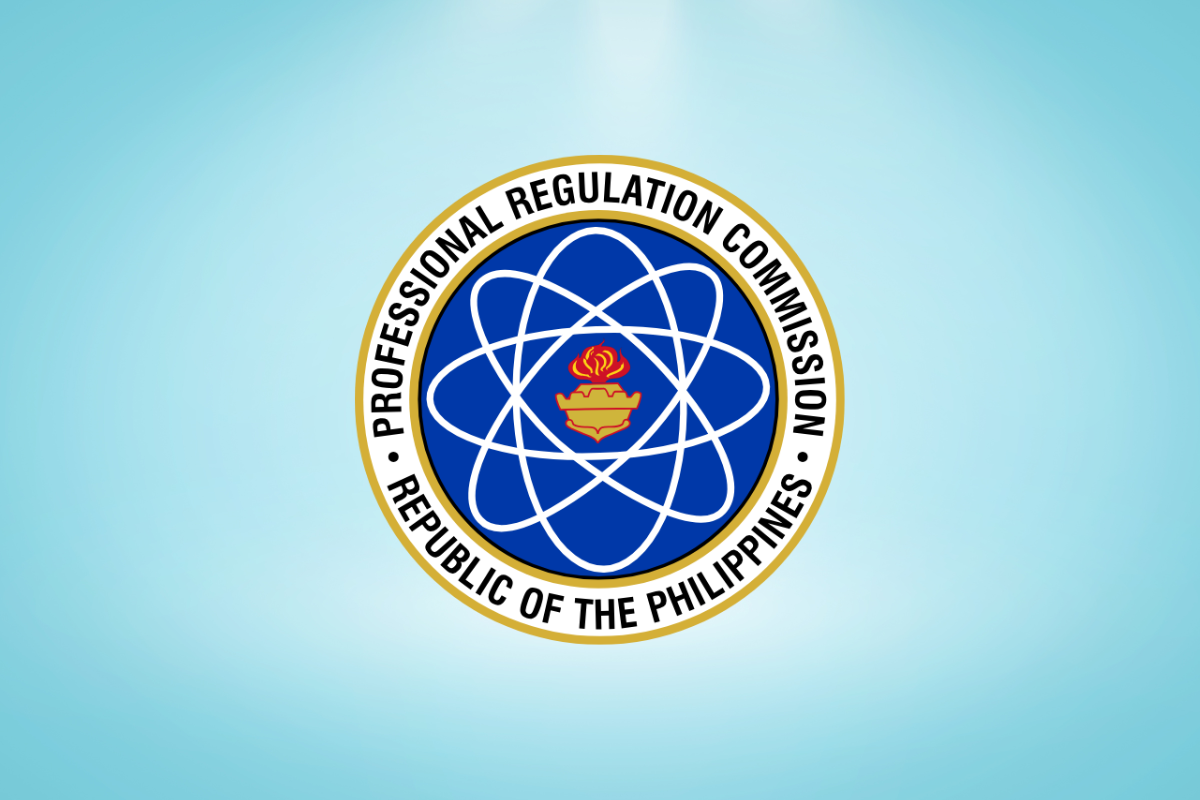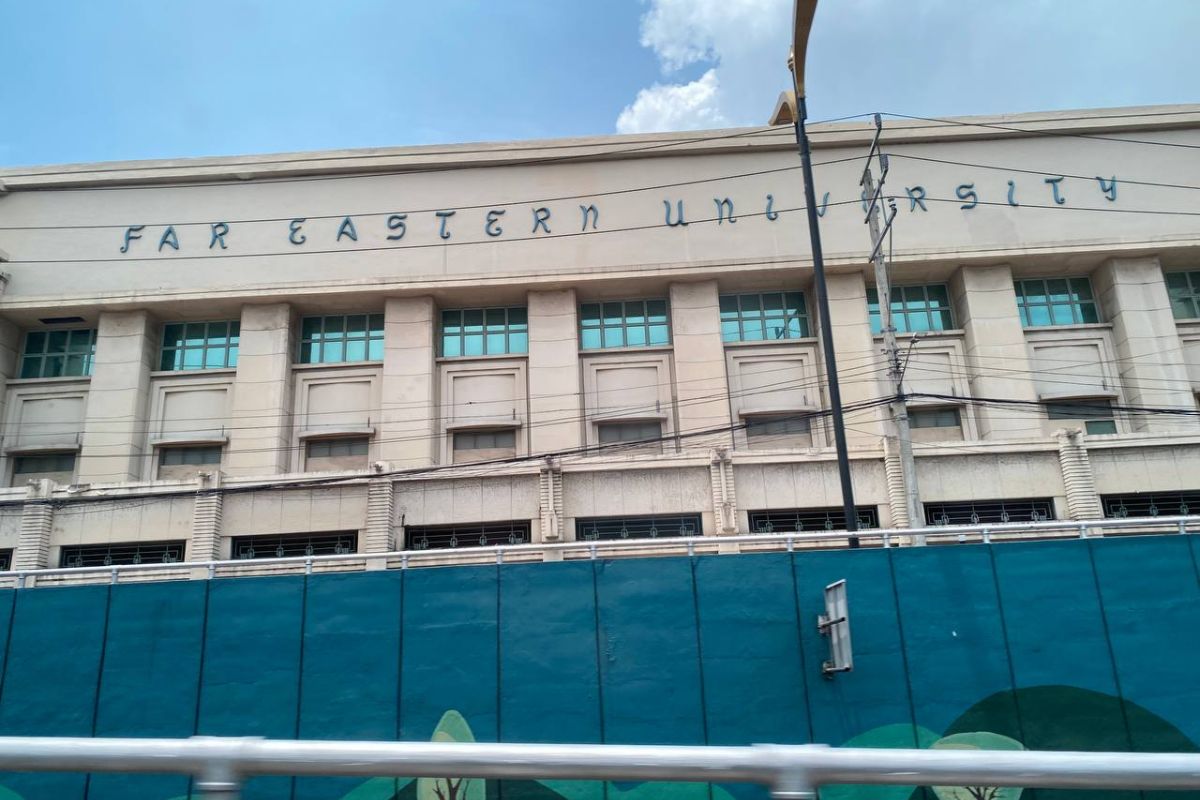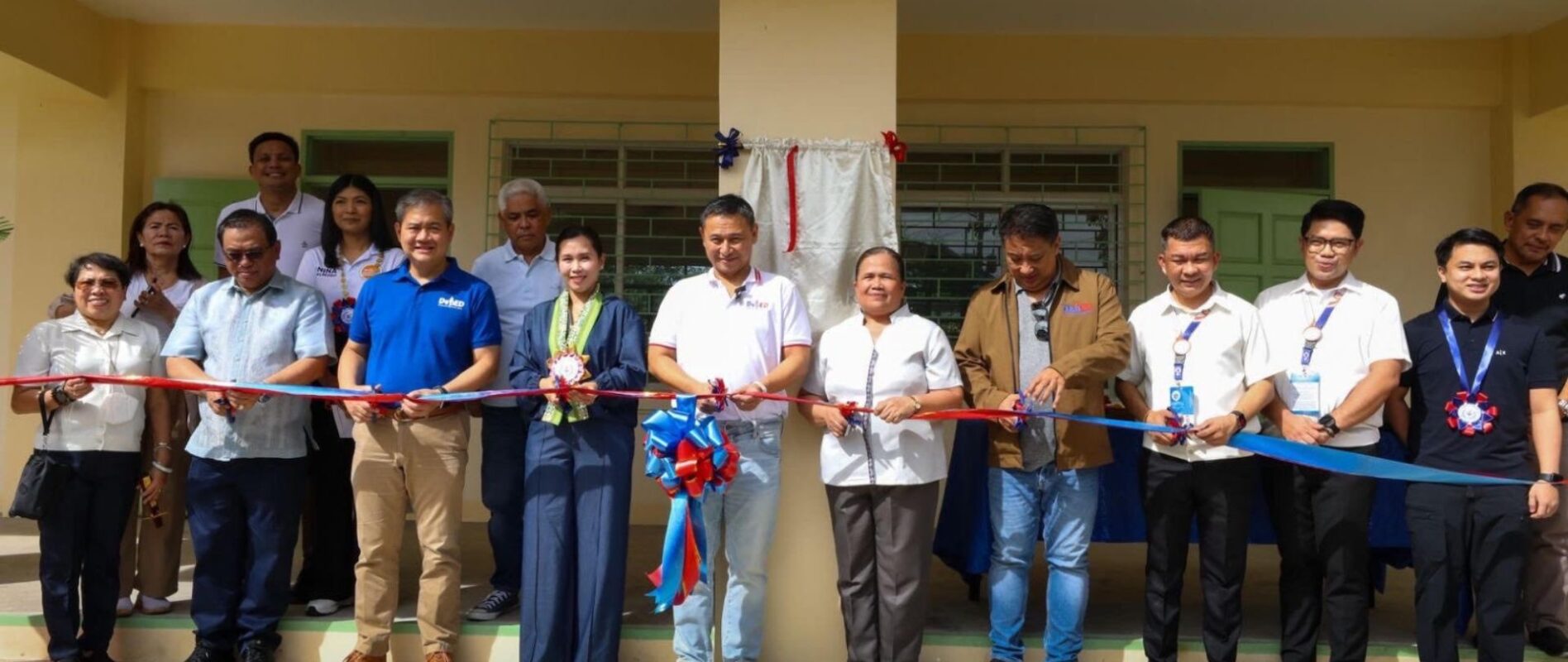EDCOM 2 FLAGS GAPS IN TES SUBSIDY FOR 4Ps GRADUATES
THE SECOND Congressional Commission on Education (EDCOM 2) has raised concern over the failure of the Tertiary Education Subsidy (TES) program to adequately reach senior high school graduates from Pantawid Pamilyang Pilipino Program (4Ps) families.
During a joint hearing of the House Committees on Basic and Higher Education, EDCOM 2 presented data showing that while TES was created to prioritize the poorest Filipino students under Republic Act 10931, the share of beneficiaries from the “poorest of the poor” has sharply declined.
In 2018, 75 percent of TES grantees came from the lowest-income households. By 2023, this figure dropped to just 23 percent, while the share of grantees from the “PNSL category” or students in private schools in areas without public higher education institutions rose from 26 percent to 69 percent.
“TES was designed to support the poorest, yet many 4Ps graduates have been left out,” said EDCOM 2 Executive Director Dr. Karol Mark Yee.
“We call on CHED to prioritize the poorest of the poor and to work closely with DSWD and DepEd in reaching out to 4Ps graduates. Research shows that interventions like TES are most effective when eligibility is guaranteed as early as high school.”
To address the problem, EDCOM 2 Commissioners Rep. Roman Romulo, Sen. Bam Aquino, and Sen. Loren Legarda have filed bills seeking to amend RA 10931 to guarantee TES slots for high school graduates from 4Ps families. The amendments could benefit more than 500,000 students.
A special provision in the 2024 national budget already helped increase the share of TES grantees from the poorest households to 27 percent for AY 2023–2024, but lawmakers stressed that a more permanent fix is needed.
EDCOM 2 Commissioner Rep. Steve Solon said the maximum subsidy dropped from ₱60,000 per student to just ₱13,000.
“With ₱60,000, we already had a high attrition rate. At ₱13,000, attrition will likely worsen. Adjustments must be made to the budget to increase the subsidy per student,” Solon said.
Students in State Universities and Colleges (SUCs) and Local Universities and Colleges (LUCs) have also seen their support halved—from ₱20,000 to ₱10,000 per semester. Officials warned these cuts could further drive dropouts and worsen the 38.2 percent unemployment rate among college graduates.
Lawmakers also criticized the persistence of “other fees” charged by SUCs and LUCs, including nursing-related expenses, which sometimes exceed tuition costs despite the free tuition policy.
“The problem is the additional costs. After enrollment, students are required to pay fees that are even higher than the tuition,” Rep. Romulo said.
Dr. Yee added that the shrinking TES subsidy has effectively narrowed poor students’ course options, with teacher education becoming the only affordable program.
“The only program that students from poor families can pursue with TES is teacher education because that is the only tuition it can cover. This limits their dreams and choices,” he explained.
EDCOM 2 also pressed for the full implementation of the Unified Student Financial Assistance System for Tertiary Education (UNIFAST), the CHED-attached body mandated to manage scholarships and financial aid.
“UNIFAST’s role is clear—identifying beneficiaries, monitoring impact, and conducting tracer studies. But many of its functions remain unfulfilled nearly a decade after its creation,” Yee said. “The law exists. The mechanisms are there. We just need CHED and UNIFAST to implement them.”
Lawmakers said urgent reforms to the TES program and UNIFAST are needed to ensure financial assistance truly reaches the poorest students and addresses the country’s worsening education and employment challenges.

